The Path Less Traveled #022: Risk Management out in the Wilderness
Andrew D 08.23.21
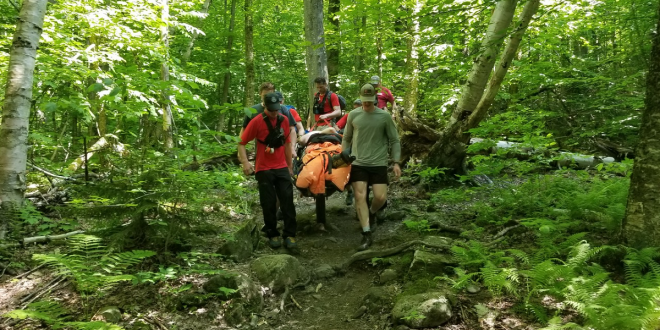
I was visiting my parents for dinner one evening while they watched a TV show on the Weather Channel, hosted by Creek Stewart. The show involved a guy getting lost while hiking and experiencing an unexpected storm which resulted in landslides and the hiker getting injured. With dehydration, and injury, the victim became even more lost… This made me wonder whether there were academic remedies to wilderness worst-case scenarios – come to find out there is. Risk Management.
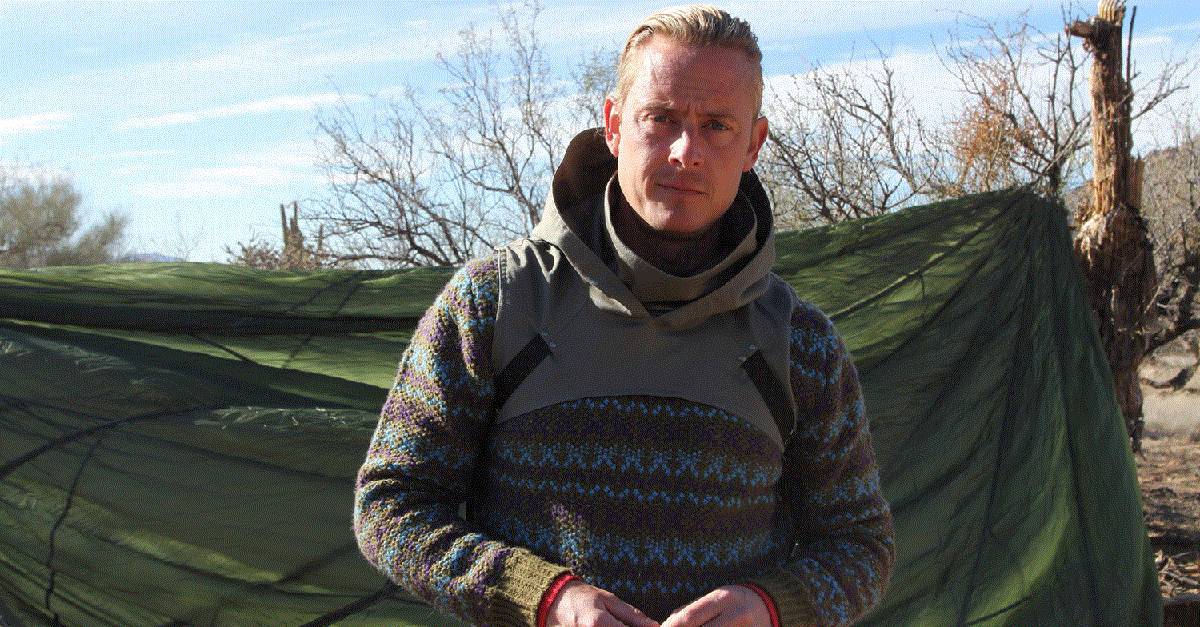
(Sorry, had to share his photo, he looks like a tool.)
Welcome to our recurring series of “The Path Less Traveled.” We want to take you along for our exploits in the wilderness while hiking, camping, exploring, and general adventuring in this series. This will include our small daily victories, foibles, tips, tricks, and reviews of gear we authentically appreciate and frequently utilize. While a well-worn trail can often be the pathway to a leisurely day, the paths less traveled can often spur on some of the greatest memories, misadventures, and fun we could imagine. Join us in the Comments as we share our travels, and hopefully, we can all come together for a greater appreciation of the outdoors.
Risk Management, AKA Risk Mitigation
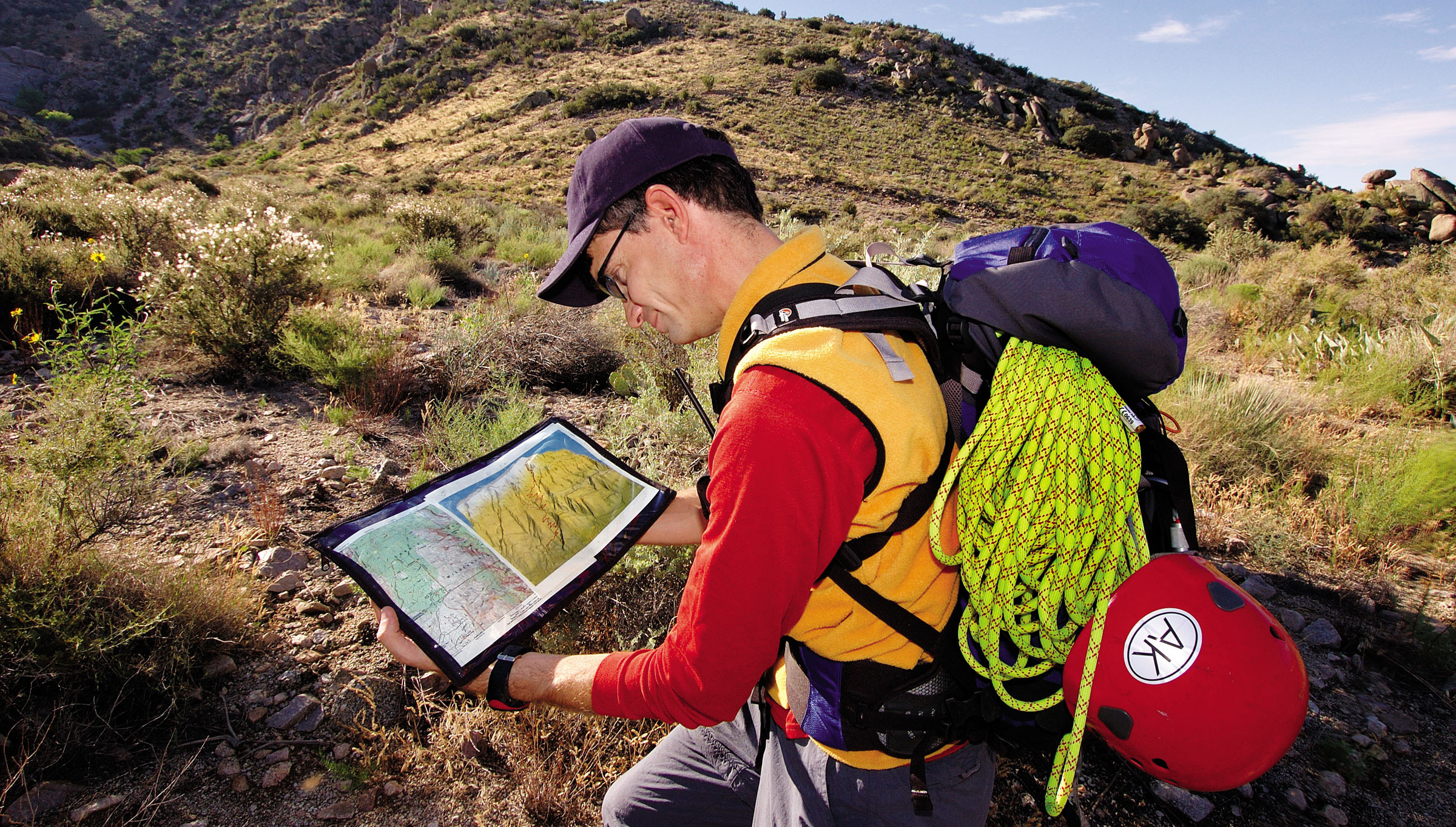
Every time we step away from the threshold of our home, we make thousands of decisions that could change our likelihood of experiencing a negative consequence. Risk Management is an entire practice that evaluates the steps of identification, evaluation, and prioritization to reduce these undesired consequences or minimize their impact on those involved. I’m sure someone out there with an MBA or PhD in management could write this up in a more cohesive manner, but I thought I would give my try at presenting a method to utilize risk management in an outdoor setting.
There are about a dozen professional organizations that work with Wilderness Risk Management. I have taken most of these groups’ information and made a compendium of best practices for hiking, biking, camping, and other outdoor activities that aren’t as deadly as juggling chainsaws or crab fishing in the Bering Sea.
- Step 1: Identify Goals
- Step 2: Collect Data
- Step 3: Assessment
- Step 4: Decide
- Step 5: Manage
- Step 6: Review
Step 1: Identify Goals
As with many steps in Risk Management, the root task seems mundane or too simple to require contemplation. Identifying a goal to go out to a trail site and hike for a few days, what is complicated about this? Sure, doesn’t seem complicated.
What are you wanting to do? Are there smaller goals to reach the main goal, or potential side-goals that make up a larger one?
Step 2: Collect Data
No matter what you think of Robert Schiller, his statements on data are very quote-worthy. The best thinking comes after collecting data due to becoming aware of other things.
Once determining what you want to do and where you want to go, identifying risks related with this can lead to the prevention or reduction of negative consequences. Identify these three things when doing a risk assessment on outdoor activities:
- The Environment
- The People
- The Gear
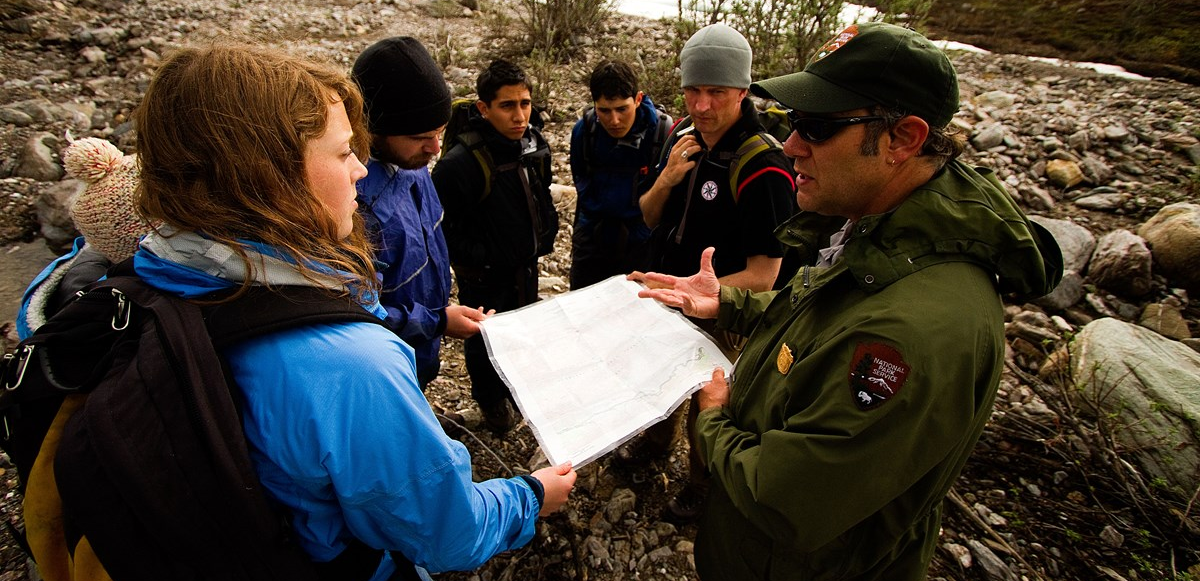
What are the highest probability risks for you as an experienced hiker/biker/etc? You’re likely able to answer more than anyone else. For example, I know my knees get wonky when doing more than 20km (12mi) in a day. Additionally, it is best practice to review prior data showing the most likely risks during your type of planned activity.
- Slip-Trip-Falls on steep slopes, rivers, logs, roots, etc.
- Getting sick by poor hygiene or contaminated water.
- Getting lost
- Drowning
- Hypothermia
- Allergic Reactions
The Environment
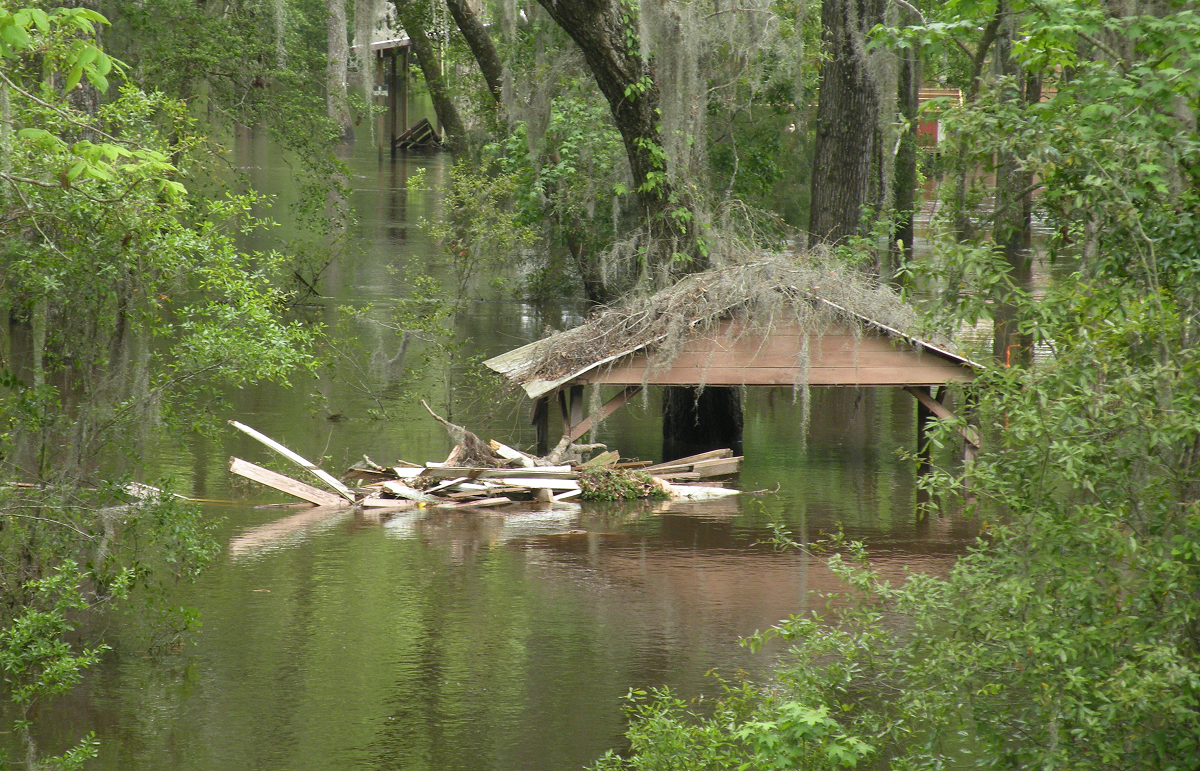
Many people forget about variable weather conditions, especially close to shore, large bodies of water, or at high elevation. Temperature swings, major wind patterns or brief and dramatic rainfall can occur in unfamiliar areas and need consideration. I feel knowing what you are getting into in terms of the environment on your adventure is paramount to safety and fun.
Things to consider:
- Terrain – Cliffs, loose terrain, mud, level areas to sleep
- Weather – Heat/Cold, lightning, UV Index
- Water – Availability, Crossings – depth and current speed
- Animals / Critters / Poisonous creatures
- Temperature swings – especially in spring and fall.
The People
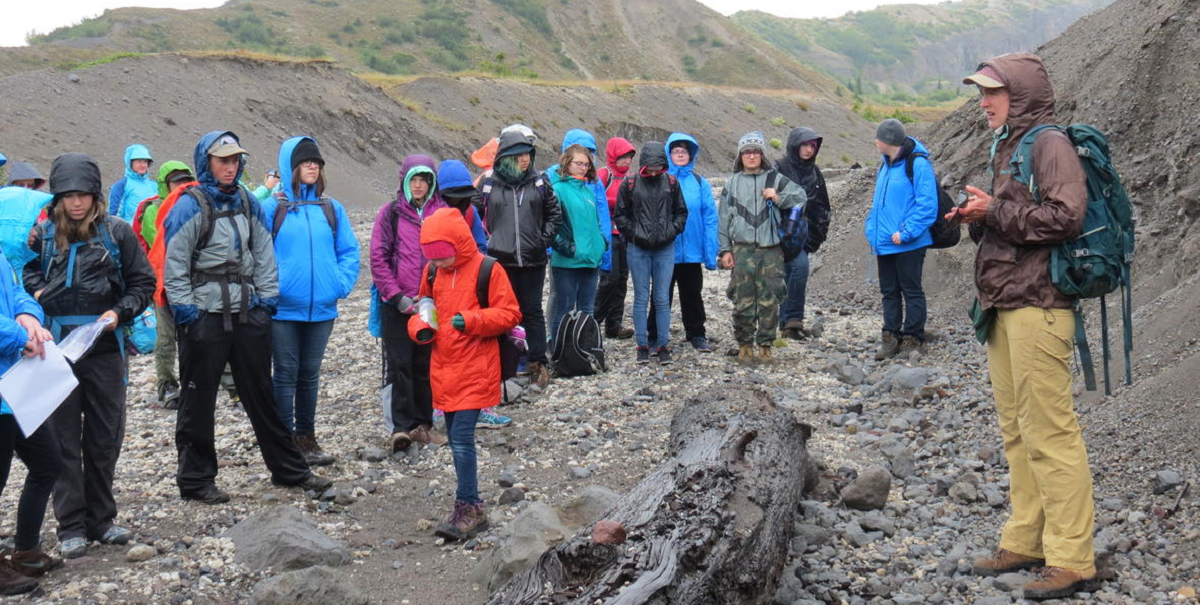
The risks of solo-hiking are equally dangerous as with others. There are fewer variables to worry about, but also fewer redundancies in safety. When going solo, be like Donald Rumsfeld and evaluate your knowledge and skill sets regarding the known risks and the unknown risks.
With groups, each person brings in varying levels of physical fitness, health concerns, fears, etc. Are you aware of how well they adhere to instructions, or whether they need a gear list before meeting up with them?
(NSFW VIDEO: Language)
The Gear
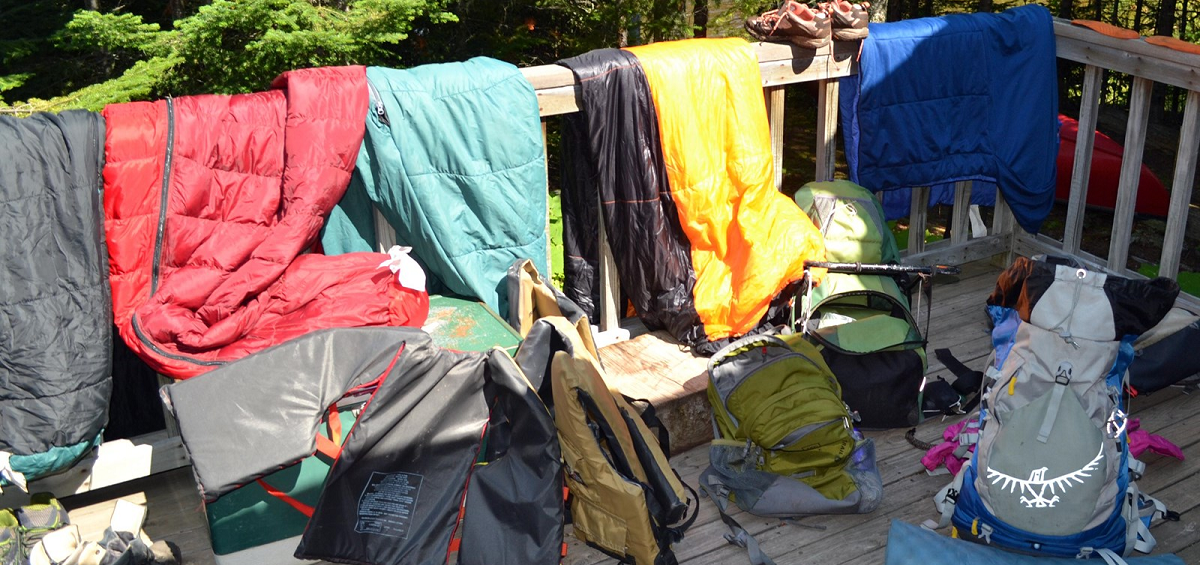
I did a big series about backpacking gear that should cover most of the risks involved in hiking or backpacking.
Remember to bring reliable gear that you can trust for
- Hiking – Shoes that won’t rub. Enough clothes to stay cool (or warm), etc.
- Shelter – If you’re doing an overnight, make sure you bring the appropriate sleep system. Will there be a place to hang your hammock or lay your tent? Are there any dangers for not bringing enough or too much?
- Sleeping/Sleeping Warmth – I don’t know about you, but I become a jerk without sleep. Lack of sleep with cloud your judgment the next day. Staying warm at night is also vital for living. I like living.
- Water/Food/Hygiene/Medical/Fire – Well reviewed in all other backpacking posts – Do be aware of the risks related to this specific goal:
- Will there be poison oak?
- Wasps?
- Will there be spots to gather more water?
- Are you allowed to start a fire here, or are you required to carry a portable stove?
Determine how your resources impact your activity. Will they be a failure point for meeting your goal(s)?
Being able to collect data on the variables related to these areas will significantly increase your ability to develop prevention strategies and emergency avoidance. Just because you do something for your entire life doesn’t mean spending a few minutes on homework beforehand will not help. Despite your risk tolerance, an adventure is supposed to be enjoyable, not picking up a $50,000 bill from a Medevac lift.
Step 3: Assessment
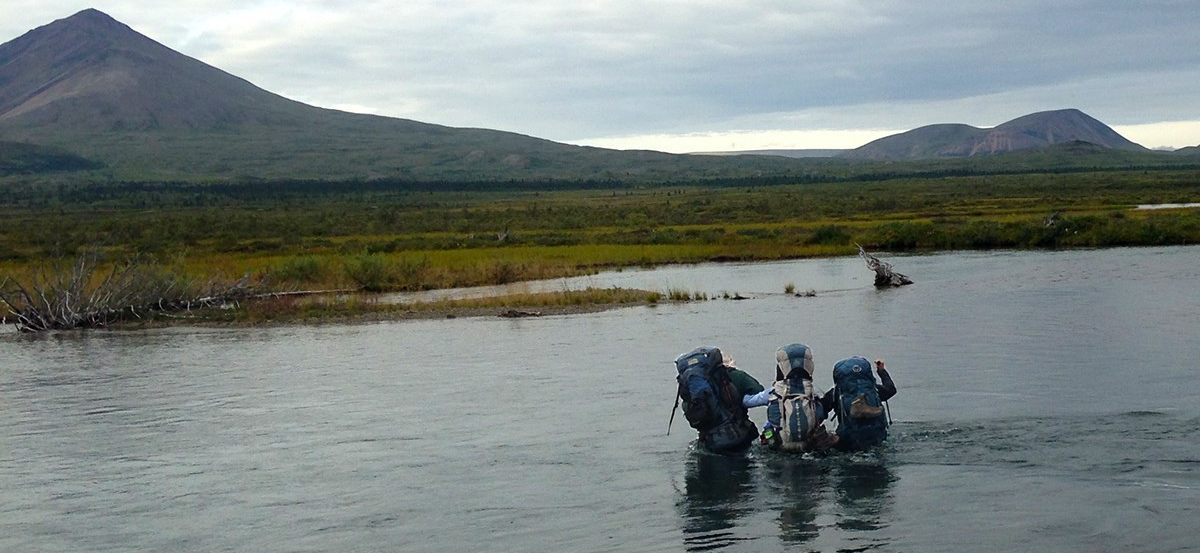
Assessing your responsibility during an adventure can feel awkward when wanting to have a great time while reducing the chances of an all-out FUBAR moment. If something ends up being too dangerous or dumb, don’t be afraid to compare alternative options rather than continue the pre-ordained plan.
Safety guidelines ahead of time can reduce some risks without needing continual guidance, as can disclosing risks ahead of time. For example, telling people about bears and making guidelines about how to pack/store/hang food to keep bears away. Many of these tasks are rudimentary when doing an adventure on your own, but once more people are involved, it can throw a wrench into your choice of activities when Jimbo has never crossed a moving stream before and drowns because no one knew he couldn’t swim.
The risk of negative consequence when multiple people are out together is reduced when the sequence of activities are assessed. Plan a predetermined time/distance between breaks or meals that everyone can make before departing.
Assess everyone’s skills, physical abilities and their equipment selection before departing. Just because Jimbo bought that fancy Garmin InReach and has it attached to his backpack doesn’t mean he knows how to use it, right? It won’t be easier to learn out in the field.
While I like to believe I can assess things pretty well, always get a second party to scan over a plan before taking action. Sometimes there are faults in our assessment that go overlooked. Errors in our assessment often come from our zealous commitment, active enjoyment in the moment and wanting to continue, or scarcity of a resource (time, food, etc.).
Just because an expert says it is okay to wheelie over a felled tree on your Honda Africa Twin doesn’t mean that 5’1″ Lucy can do this on her Yamaha TW200, nor does it mean it is wise if a few others already did it. This is social proof failing to take into consideration the individual traits of all members.
Step 4: Decide
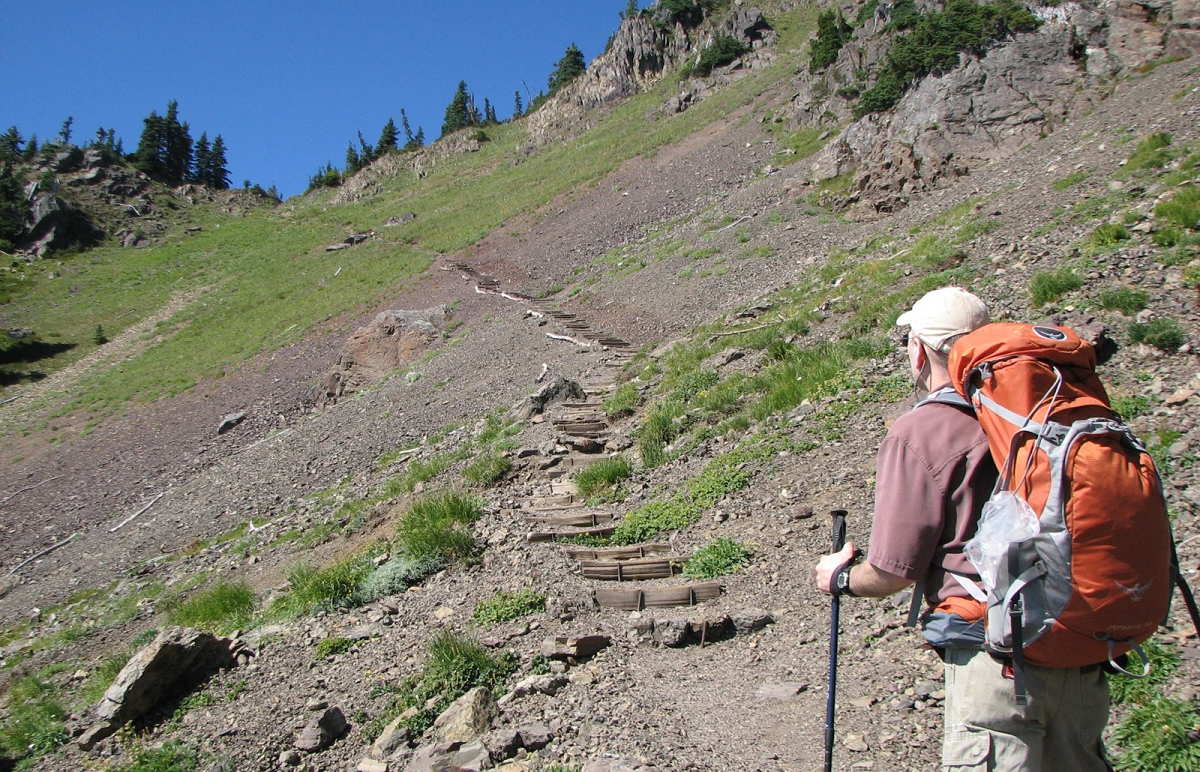
Average individuals rarely take an analytical decision-making method to make choices, nor do those who have been extensively trained in their preferred field. Both are highly likely to use a classical decision-making theory and make unrealistic assumptions based on their perceived knowledge (Beach, L. and Lipshitz, R. 1993).
But we’ve all heard the saying that “book smarts” only go so far, right? There’s a bit of truth to this with risk management. When doing risk analyses, you may not have all the necessary information and when negative consequences hit, data is not going to always provide a clear cut answer. This is where expertise is very handy. Intuition based on a library of past knowledge, an individual is able to categorize simulations in their brain and reflect on these in ways that pure theory cannot always hold a candle to. Additionally, those with solid experience can often provide the information in the form of a story rather than principle to ensure that others can understand their decision making process.
Flaws in decision-making often occur in a greater number with a group. You’ll have these types of individuals:
- Those who don’t know a lick about the topic and will follow whatever popular decision, no matter its validity.
- Those who have an educated decision, but are highly motivated to protect their ego or self-esteem.
- Those who are motivated solely to appear accurate and utilize wonky heuristics to come to a conclusion.
We’ve all seen people who have a bunk answer, but continue to fight to prove it right, even when the mental gymnastics is beyond perplexing.
Make sure your decisions are grounded as in logic, and use experience to guide a rational decision when logic alone does not work.
For example, Becky fractures her arm when falling. Do you send Ben and Becky back to the trailhead that is three miles away, or do you round up everyone to make sure they reach safety? Logically, Ben and Becky could make it back, but what if there’s internal bleeding, and she loses consciousness? Can Ben carry drag her back to where EMS can reach them?
Better take the whole crew.
Step 5: Manage
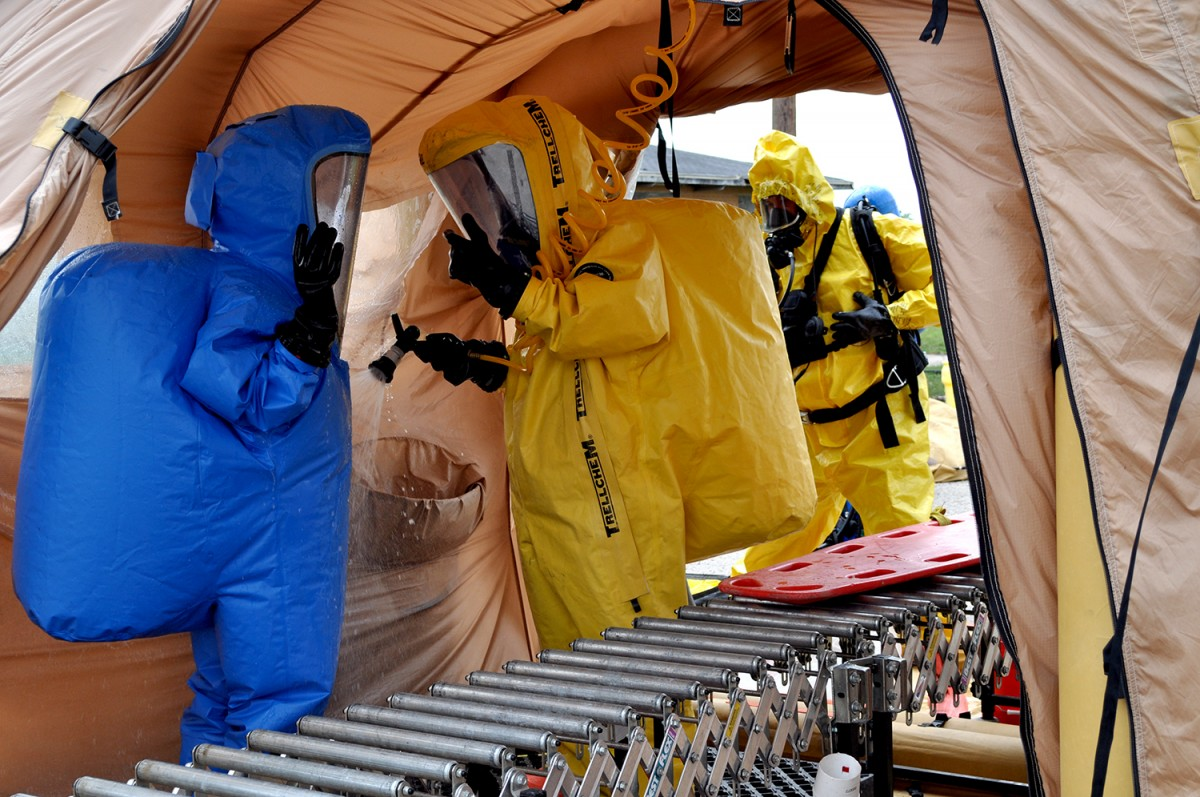
IMAGE SOURCE: ARMY.MIL
If things do go awry, do you know the locations of the closest emergency places?
Will you have cell service to reach EMS / State Police?
Will you be emotionally able to manage evacuation directions?
When is the last time that you’ve practiced with your first aid kit (or even opened it?)? Here’s a great list for an outdoors First Aid kit, by the way.
Emergencies rarely occur because of one thing. Slipping on a wet root or patch of ice is a good example of an obvious cause, but did the person who fell know not to step on wet logs or roots? Were they in a hurry or starting to bonk from not eating soon enough? Little things often lead to larger things. I once forgot my gloves somewhere when out on a winter hike; I was so preoccupied with keeping my jacket over my hands while using my hiking poles that I stopped paying as much attention to my footing and slipped on a felled log when the bark slid off like the cheese on my Monday night Tombstone Pizza.
Managing a team of people or even yourself allows for a more frequent assessment of small things to prevent big errors. You know how to remind your kids to double-knot their shoes before riding their bicycle? Same thing – Taking those steps when you see a small discrepancy can manage the situation much better than when little Bobby’s shoestrings are stuck on the pedal, and he’s eating gravel when he can’t stop.
Take the time to manage these small errors before they become big ones.
Step 6: Review
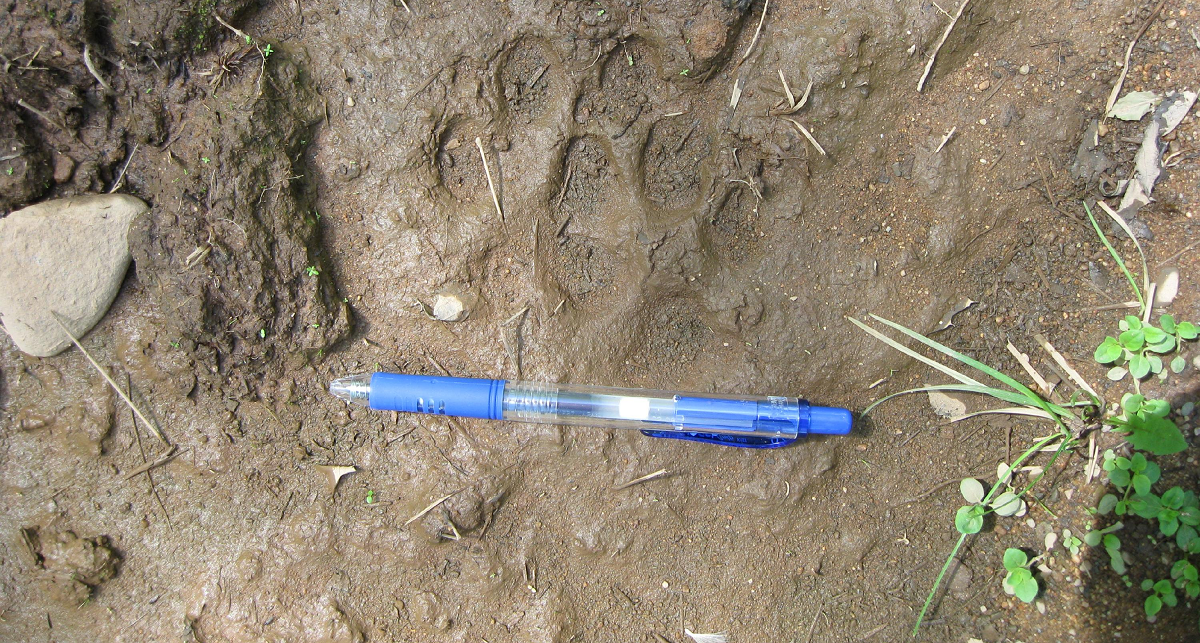
Reviewing the risk management steps frequently allows you to redevelop your risk management strategy. Often, new environments, weather patterns, or other events change the variables that were thought to be priority when you first started out. For example, during my Cranberry Wilderness trip, my goals and the data to reach those goals changed dramatically. After losing a water bottle, I had to evaluate what other undesired events could occur that would leave me out there as vulture food rather than returning home.
Undesired events during a trip require you to reassess your risk management strategy. Finding a new waypoint to go to instead of your previously planned route can go wrong quickly, but often does not. You still have to consider whether friends and family would know where you were if you were a few miles away from your original route. Be sure to re-review all five steps whenever a large variable changes.
“Risk is an important part of life. Testing limits fuels growth. Challenge has led humans to use fire, to traverse oceans and deserts, to climb the highest mountains, and to journey into space. The risk-free life may not be worth living, but those who take risks and expect to survive must plan ahead and prepare as well as possible.”
—James A. Wilkerson, M.D., editor, Medicine For Mountaineering, 5th Ed., page 348
The National Parks Service made a really cool Trip Planning Guide. It’s worth taking a look at it, even if you’ve got more miles under your belt than Moses’s sandals.
(FEATURED IMAGE SOURCE: STOWE PUBLIC SAFETY)